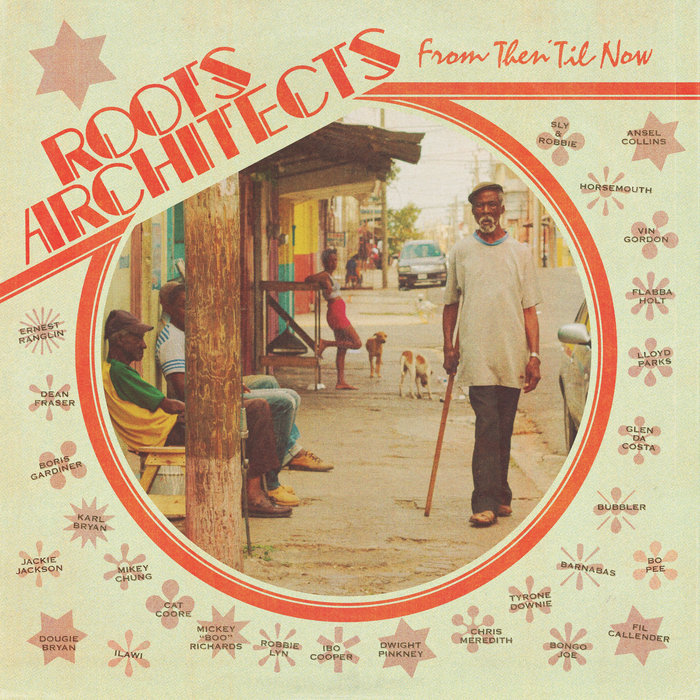
Everlasting Love – Roots Architects
this blog is GROOVY – check out great Soul, Funk, Jazz, Hip Hop, Bass, Breaks , Reggae, House n many more TUNES
Hey there, fellow music lovers! 🎶 Grab your headphones and get ready to groove through the colorful history of some legendary music genres. From jazz to rock ‘n’ roll, our musical tapestry is rich with stories, characters, and some hilariously quirky moments that have shaped the soundwaves we adore today. Let’s dive in!
Jazz emerged in the early 20th century in New Orleans—a melting pot where African rhythms met European harmonies. This genre was all about improvisation; musicians would throw down spontaneous solos like they were tossing confetti at a parade. 🎉
Here’s a funny tidbit: Did you know Louis Armstrong’s famous “Hello, Dolly!” was recorded when he was 63 years old? Talk about blowing the age stereotype outta the water! He proved you’re never too old to swing!
As jazz evolved into styles like bebop and cool jazz, legends such as Charlie Parker and Miles Davis took center stage. Davis often wore sunglasses during performances—even at night! He claimed it helped him focus on his music without distractions. Who knew looking cool could be part of being groundbreaking?
Rock ‘n’ roll kicked off in the ‘50s with artists like Chuck Berry and Elvis Presley shaking their hips and redefining youth culture. It wasn’t just a genre; it was a revolution! 🍔
Funny fact alert: Chuck Berry had an obsession with cars—he even wrote songs about them! But here’s where it gets wild: he reportedly ran a restaurant where he secretly installed cameras in restrooms to catch peeping customers! Yikes—definitely not rock star behavior!
Fast forward to the ‘60s when those fab four from Liverpool showed up—The Beatles took over America faster than you can say “I want to hold your hand.” Their popularity led to lots of bizarre fan behaviors—like girls fainting at shows or even chasing after their tour bus. Can you imagine? Fainting for love? That’s dedication (or maybe just heat stroke)!
But humorously enough, Ringo Starr once jokingly complained that Paul McCartney had too many songs on their albums while saying things like “You know what they say about guys who write too many songs…”
Ahhh… disco—the glitter ball era brought forth funky beats that’ll make anyone dance like no one’s watching (even if everyone is!). With pioneers like Donna Summer, Bee Gees, and Gloria Gaynor leading the charge.
Disco wasn’t just known for its groovy tunes but also for its wild fashion sense. Platform shoes became all the rage—you’d practically need crane operators to help people reach higher ground! And let’s not forget those sequins; wearing them made every move look ten times cooler (and possibly dangerous when dancing near sharp objects).
Speaking of fashion disasters… did you hear that one time Grace Jones wore an outfit made entirely out of fake fur at Studio 54? She looked fabulous but probably melted under those neon lights!
Emerging from New York City streets in the late ’70s-early ’80s came hip-hop—a movement fueled by rhythm, poetry—and some seriously good vibes.
Funny story: rapper Slick Rick has famously rocked an eye patch since childhood—not because he thought it was stylish—but due to being injured as a kid during an accident involving his cousin’s toy gun during playtime gone wrong! Talk about taking style risks AND living life on hard mode…
Also worth noting is how rappers have taken storytelling into hilarious realms—look out Drake aka “the certified lover boy” calling himself “the best I ever had.” Can we take bets if any ex-girlfriends agree?
Music history isn’t merely notes strummed together—it tells tales full o’ joy (and occasional wackiness) wrapped around every beat throughout time.
From improvisational grooves birthed within smoky clubs filled with swinging bodies encountering police raids (a well-documented occurrence), through energetic rock concerts attracting thousands chanting lyrics reverently crafted amidst chaos—all intertwined are stories celebrating creativity bravely expressed despite odds against them.
So next time someone asks why these genres matter or makes jokes about musicians—they should remember hidden gems within each tale waiting beneath surface-level humor flashing brighter than disco lights illuminating unforgettable stages across generations past & future alike!
Keep jammin’, folks—and may your playlists overflow with legends that’ll continue making us laugh while reminding us Why We Sing At All!

Everlasting Love – Roots Architects